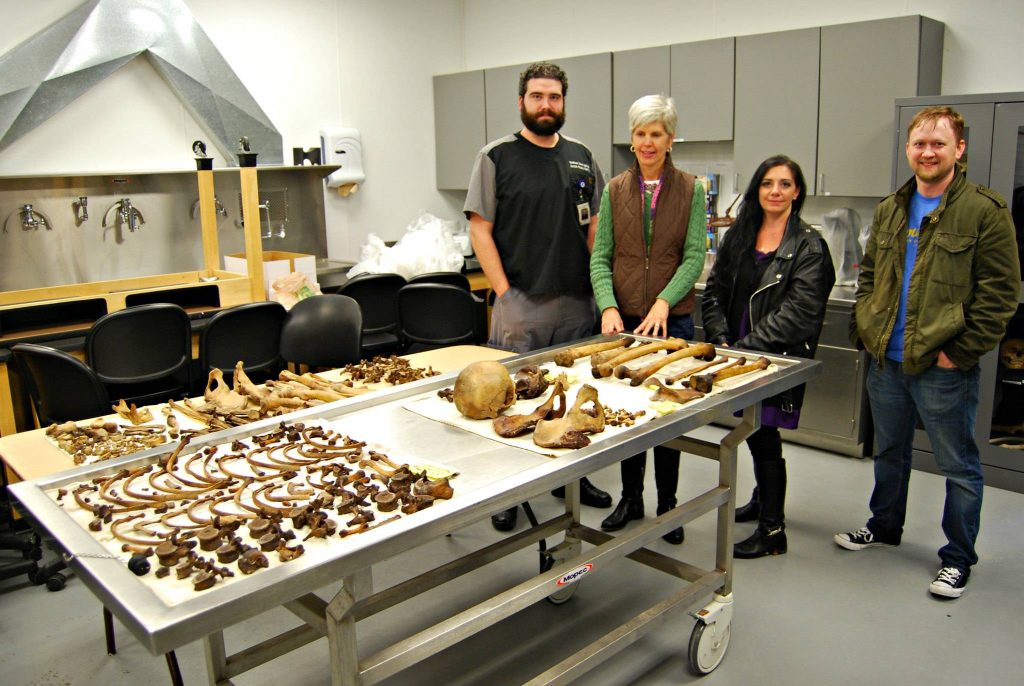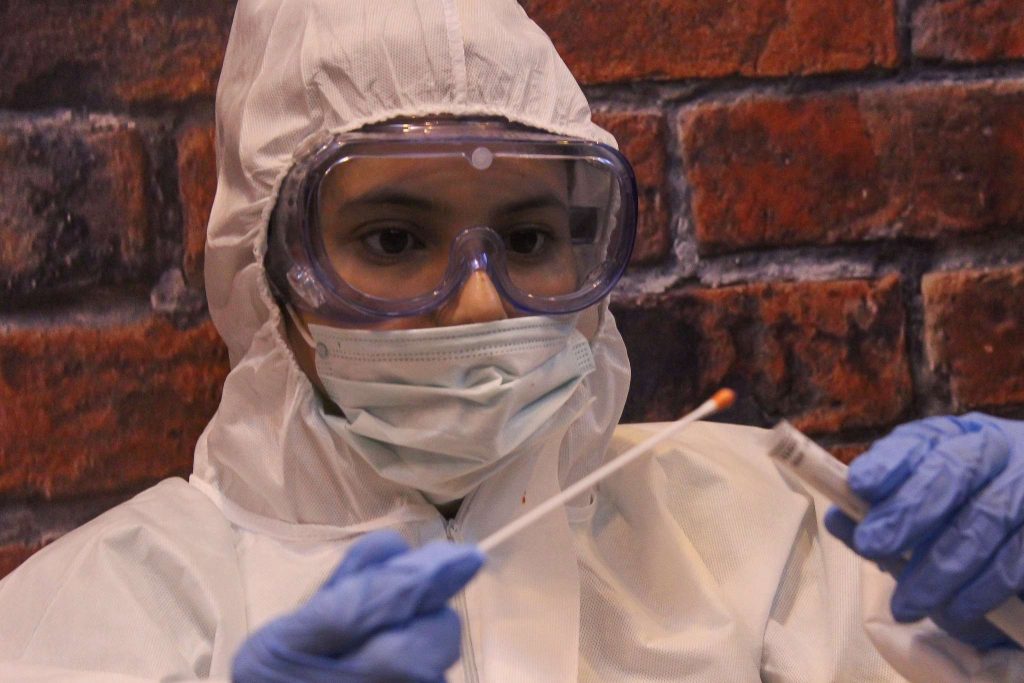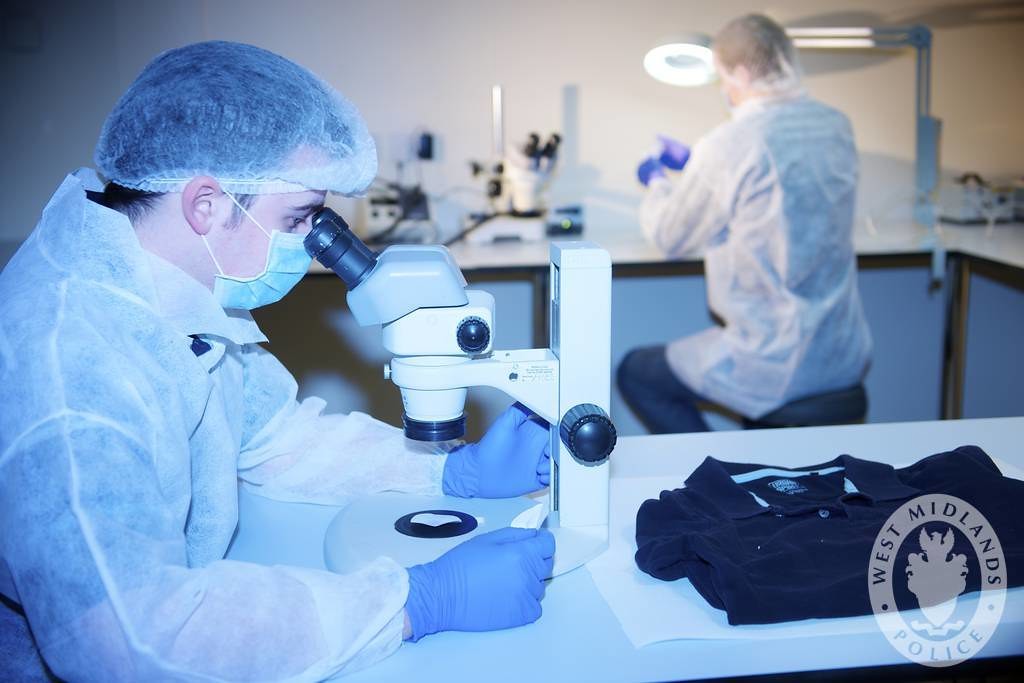It bugs the hell out of me why this has not been solved.
How Did Forensic Science Evolve Through History? (History of True Crime)

When it comes to solving crimes, most of us conjure up images of TV detectives poring over evidence in a dimly lit lab or crime scene investigators meticulously combing through clues.
But have you ever stopped to wonder about the history of forensics? How did it become the essential crime-solving tool we know today?
Well, grab a cuppa and get comfy, as we’re about to take a journey through the fascinating history of forensics.
The Ancient Origins of Forensic Science
Believe it or not, the history of forensics dates back thousands of years.
The first known recorded instance of forensic techniques can be traced to ancient Babylon around 2,000 BCE, where fingerprints were used on clay tablets for business transactions and identification purposes.
In ancient Rome, the legal system used medical experts to examine dead bodies and determine the cause of death.
In one famous case from 44 BCE, physician Antistius examined Julius Caesar’s body and determined that of his 23 stab wounds, only one was fatal, which played a crucial role in the ensuing murder trial.

Medieval Developments
In the 13th century, the Italian physician and surgeon Bartolomeo da Varignana made significant contributions to the field by investigating the cause of death in a suspected poisoning case.
He performed a post-mortem examination, which was considered a groundbreaking approach at the time.
Another major advancement occurred in the 14th century, when Chinese medical expert Song Ci wrote a book titled “Collected Cases of Injustice Rectified” (1247 CE).
This book provided guidelines for investigating crime scenes, identifying causes of death, and examining corpses for signs of foul play.
This work is considered one of the earliest forensic science texts and laid the foundation for future advancements in the field.
The Renaissance and the Rise of Forensic Medicine
The Renaissance period was a time of great scientific and cultural advancement, and the history of forensics was no exception.
During this time, the field of forensic medicine began to take shape.
Italian physician Fortunato Fidelis, known as the “father of forensic medicine,” published the first book on forensic pathology in 1598, titled “De Relationibus Medicorum” (On Medical Reports).
In the 17th century, Italian scientist Marcello Malpighi was the first to study fingerprints systematically.
He discovered that friction ridge patterns on fingertips were unique to each individual and laid the groundwork for the development of fingerprint analysis in forensic investigations.
RELATED: How Has Pathology Evolved Over Time? (History of True Crime)

The 19th Century: The Birth of Modern Forensic Science
The 19th century marked a turning point in the history of forensics, as it saw the birth of modern forensic science.
In 1813, French physician Mathieu Orfila published “Traité des Poisons” (Treatise on Poisons), which established the field of toxicology and provided methods for detecting poison in the human body.
In 1835, Henry Goddard, a British detective, was the first to use bullet comparison to solve a murder case.
By examining the marks on a bullet, he could match it to the specific mould that produced it, leading to the conviction of the murderer.
During this period, Scottish physician Sir Henry Faulds and English scientist Francis Galton independently developed methods for the systematic collection and classification of fingerprints, which became a vital tool in criminal investigations
The 20th Century: Rapid Advancements in Forensic Science

The history of forensics took a massive leap in the 20th century, with several groundbreaking discoveries and advancements that revolutionized the field.
One of the most significant developments was the discovery of blood typing in the early 1900s by Austrian scientist Karl Landsteiner.
This breakthrough allowed investigators to differentiate between human blood types, significantly improving their ability to link suspects to crime scenes.
In 1910, Edmund Locard, a French criminalist, established the first forensic laboratory in Lyon, France.
He is also famous for formulating the “Locard’s Exchange Principle,” which states that every contact between two objects leaves a trace.
This principle has become a cornerstone of forensic science and is still used in modern investigations.
The mid-20th century saw the introduction of forensic disciplines such as serology, ballistics, and trace evidence analysis.
In the 1970s, the development of the scanning electron microscope allowed forensic scientists to examine microscopic particles of evidence in even greater detail.
DNA Profiling: A Game-Changer in Forensic Science
One of the most significant milestones in the history of forensics came in 1984 when British geneticist Sir Alec Jeffreys developed the first DNA profiling technique.
This revolutionary method allowed investigators to identify individuals based on their unique genetic code, providing a new level of accuracy in solving crimes.
DNA profiling has had a profound impact on forensic science, leading to the identification and conviction of countless criminals and the exoneration of many innocent individuals.
The establishment of national and international DNA databases has further enhanced the effectiveness of this powerful tool in fighting crime.

Forensic Science Today
Today, the history of forensics continues to evolve as new technologies and techniques are developed.
The use of digital forensics, which involves the analysis of electronic devices and data, has become increasingly important in the age of smartphones, computers, and the internet.
Innovative methods, such as facial reconstruction and forensic entomology (the study of insects in relation to crime scenes), continue to emerge and expand the capabilities of forensic investigators.
As our understanding of the natural world and technology grows, so too will the field of forensic science, further shaping its fascinating history.
From its ancient origins to the cutting-edge techniques employed today, the history of forensics has been marked by innovation and determination to uncover the truth.
As forensic science continues to advance, its impact on criminal investigations and the pursuit of justice will only grow stronger.
So, next time you watch your favourite crime drama, take a moment to appreciate the rich history and evolution of this fascinating field.
RELATED: Unmasking Justice: The Role of DNA Technology in Solving Cold Cases
- What Happens to Cold Cases? The Intricacies and Unsolved Mysteries Explained

- 13 Facts You Need to Know About Levi Bellfield: The Bus Stop Stalker

- How Has Pathology Evolved Over Time? (History of True Crime)

- Trio Convicted of June 2022 Westminster Murder of Adnan Saleh

- How Did Forensic Science Evolve Through History? (History of True Crime)

I feel like there should be more killers who use the internet especially in today's world.
Thanks for this. Anymore podcast lists coming anytime soon??
Not just females.
[…] Not So Heavenly Creatures: The case of two teenage girls who fell in love, created their own religion, entered…
There's a lot more the Italian authorities are not releasing over this case. Makes you wonder the extent of the…

 T
T
What Happens to Cold Cases? The Intricacies and Unsolved Mysteries Explained

 T
T
How Has Pathology Evolved Over Time? (History of True Crime)

 T
T
How Did Forensic Science Evolve Through History? (History of True Crime)

 T
T



